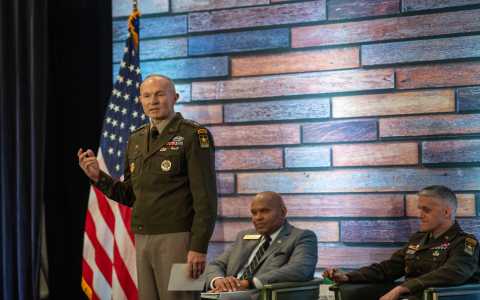Alright, so you wanna know about my “Randy Young” experience, huh? Man, where do I even begin with that one? It wasn’t a new fancy software or some groundbreaking technique, not at all. Randy Young, well, he was this senior guy, real old-school, who was practically a legend in the company, mostly for being around since the dinosaurs roamed the server rooms.
My “Joyful” Assignment
So, picture this: we had this ancient piece of software, a critical one, mind you, that everyone was too scared to touch. It was like a digital house of cards. Breathe on it wrong, and the whole thing would come crashing down. Management, in their infinite wisdom, finally decided it needed an overhaul. And guess who got roped into this glorious mission? Yep, yours truly. But here’s the kicker: I was paired with Randy Young. Because, you know, he was the “SME” – Subject Matter Expert – which in this case meant he probably wrote half of it back when floppy disks were still a thing.

My first meeting with Randy, I tried to be all enthusiastic, talking about new frameworks, agile, blah blah blah. He just sort of squinted at me over his glasses, took a long sip of his lukewarm coffee, and said, “Son, we do things the Randy Young way here.” I swear, he actually referred to his methods in the third person. That was my first red flag.
The “Randy Young Way” in Practice
So, what was the “Randy Young way”? Well, let me tell you.
- Documentation? Hah! That was for rookies. Randy’s documentation was all in his head, a labyrinth I was supposed to navigate.
- Version Control? He had his own system: files named `code_*`, `code_final_really_*`, `code_final_v2_works_for_*`. It was a nightmare.
- Debugging? Forget breakpoints and fancy IDE tools. His method involved a lot of `print` statements – or their ancient equivalents – and staring intently at the screen for hours, muttering to himself.
I spent the first few weeks just trying to understand his workflow, if you could even call it that. It was like archaeology. I’d ask him why we were doing something in a particularly convoluted way, and he’d just say, “Trust me, it works. Been working for twenty years.” No further explanation. Super frustrating, you know? I felt like I was working with one hand tied behind my back, constantly battling ancient code and even more ancient methodologies.
There were days I’d go home absolutely fuming. My buddies would ask how work was, and I’d just be like, “Randy Young. That’s all I’m gonna say.” They knew. Or they pretended to.
Grinding Through It
But hey, a job’s a job, right? I had to make it work. So, I started to adapt, sort of. I’d secretly use modern tools on my end to try and make sense of his spaghetti code. I learned to decipher his grunts and nods. Sometimes, I’d even find a weird sort of logic in his madness. He knew that old system like the back of his hand, every quirk, every bug that had been patched with digital duct tape.
We had this one gnarly bug, something that had plagued the system for years, popping up randomly. Everyone had tried to fix it. Randy, after a week of his peculiar brand of intense staring and scribbling on napkins, actually pinpointed it. It was some obscure memory leak tied to a library nobody even remembered using. I gotta admit, I was a little impressed. Annoyed, but impressed.

The whole project felt like wading through mud. We’d take one step forward, two steps back. He’d insist on some bizarre coding pattern, and I’d spend days trying to make it compatible with anything remotely modern. It was a constant battle of wills, me trying to gently nudge things towards the 21st century, and him clinging to his tried-and-true (and often terrifying) methods.
So, What Happened?
Well, believe it or not, we actually finished the overhaul. It wasn’t pretty. It wasn’t the sleek, modern masterpiece I had envisioned. It was more like the old system with a new coat of paint and some slightly less rusty pipes. But it worked. It was stable, which, honestly, was a miracle.
Randy Young retired shortly after that project. They threw him a small party, gave him a plaque. I shook his hand, and he just gave me that same old squint and a nod. No big words, no “I told you so.”
Looking back, working with Randy Young was one of the most challenging experiences of my career. It tested my patience, my skills, everything. Did I become a proponent of the “Randy Young way”? Heck no. I still believe in clean code, proper version control, and debuggers that actually, you know, debug. But I guess I learned something about dealing with legacy, both in systems and sometimes, in people. Sometimes you just gotta roll up your sleeves, dive into the mess, and somehow, some way, make it work. And maybe, just maybe, you pick up a weird trick or two along the way, even if you swear you’ll never use it again.
It also made me think a lot about how companies deal with these situations. Instead of properly investing in modernizing, they sometimes just lean on the one guy who knows the old secrets, until that guy is gone. Then what? Food for thought, I guess.



